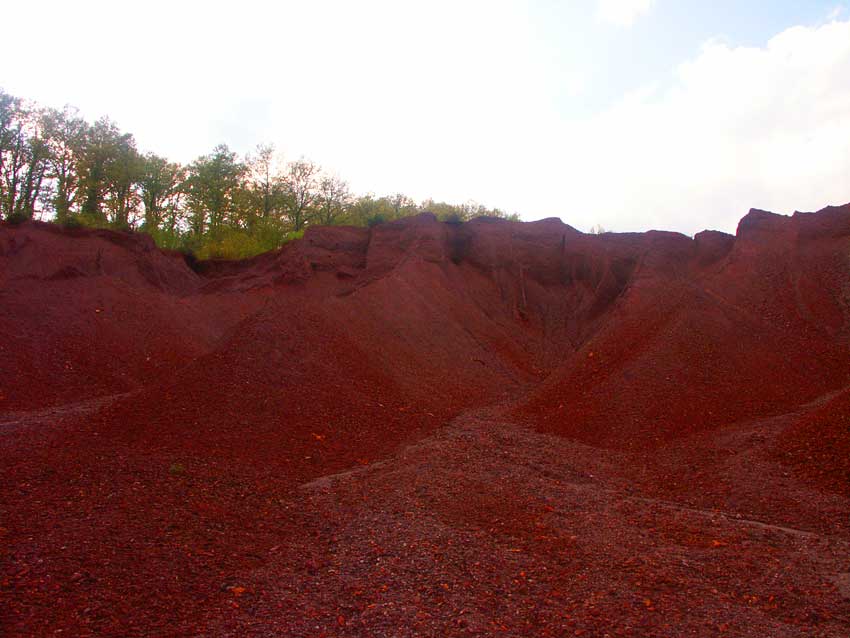The technological and archaeological park of the Grosseto Metalliferous Hills includes the territory of the seven municipalities in the north of the Province of Grosseto – Follonica, Gavorrano, Massa Marittima, Montieri, Monterotondo Marittimo, Roccastrada and Scarlino – and consists of a consortium which includes the Ministry of the Environment (which appoints the president), the Ministry of Cultural Heritage and Activities and Tourism, the Tuscany Region, the Province of Grosseto, the Colline Metallifere Mountain Community and the seven municipal administrations (which appoint the vice president).
The institutional purposes of the park concern the recovery, conservation and enhancement of the environmental, historical-cultural and technical-scientific heritage of the Metalliferous Hills, marked in particular by the mining experience, promoting a tourist circuit- cultural. For this reason, a “gateway to the park” has been set up in each municipality where, in addition to the reception and information center and the documentation centre, itineraries and guided tours, seminars, professional training courses and post-graduate internships are organised. university students.
The park was born from the desire to not to lose the history of mining and metallurgy which took place in the area of the Grosseto Metalliferous Hills for about three millennia and which influenced the determination of their cultural landscape. The safeguarding of abandoned industrial and mining sites, integrated with the remarkable natural resources and shining examples of medieval architecture and art, abundantly existing in the area, make the Metalliferous Hills an itinerary for a different type of tourism. The main theme is the rediscovery of the traces of the mines and the work underground. Inevitably, during the journey through these lands, extraordinary nature overlaps with testimonies of culture of great interest.
The technological and archaeological park of the Metalliferous Hills in Grosseto, one of the first themed parks set up in Italy by the Ministry of the Environment and the Protection of the Territory and the Sea, is destined to occupy a prominent place in the network of European parks: the value of its archaeological evidence, the significance of its archaeo-industrial heritage and the quality of its environmental and landscape resources make it a polythematic park that hardly finds other experiences that can be found.
As a consequence of this tenacious defensive action, the technological and archaeological park of the Metalliferous Hills was established, which ranks among the parks of industrial archeology: it is aimed at offering visitors the opportunity to approach to a multiple heritage, where history, art, the environment, technique and the various cultures of work that have followed one another become the elements of a profound structure of the territory that the park intends to restore throughout the its richness and complexity.
The originality of the park is primarily due to its multi-thematic character: its value and its attractiveness depend on a multiple offer of themes of interest, linked to Etruscan and medieval archeology, industrial archeology, the naturalistic and environmental heritage, the historical-architectural heritage (historic centres, castles, etc.) and the landscape. Due to its multipolar structure, the park does not constitute a continuous area that overlaps the entire territory of the Metalliferous Hills, but rather has the nature of a Network Park whose unity is not given by territorial continuity but by its characteristics of a network that interconnects a system separate from “park areas” where the greatest opportunities for cultural and entertainment are concentrated. In fact, due to its historical depth, the park embraces a set of testimonies of metallurgical and mining activity that are distributed over a very long historical arc, from the Etruscan era to the contemporary age.
The multiplicity of sites that make up the park therefore requires a system of routes that allows visitors to choose between different visit options, each of which corresponds to specific itineraries. To this end, five itineraries have been identified (alum, iron, lignite, pyrite and copper itinerary); each of them connects the processing sites assigned to a specific mineral; following the itinerary, the visitor will be able to retrace, over a period of time that goes from the Etruscan era to the contemporary age, the technological evolution of the mining and metallurgical activity inherent to the mineral which makes as the leitmotif of the visit.



